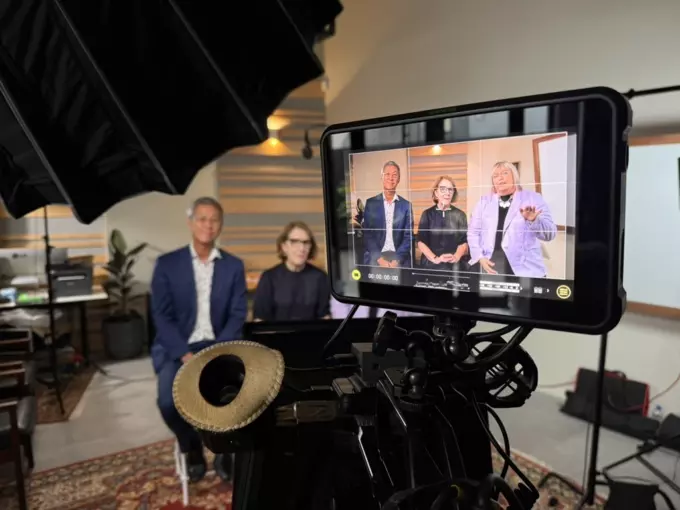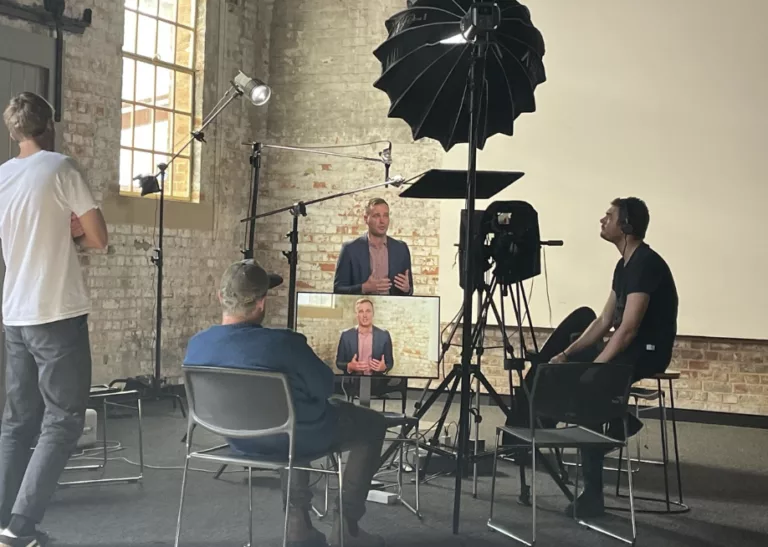
Customisation to Suit Unique Needs
SafeSide Prevention unites diverse workforces with common principles and practices for suicide prevention. While our core programs work effectively across settings, organisations with unique needs can benefit from tailored solutions. Our development team works with you to customise programs for your specific cultural, sector, or organisational context.
SafeSide Prevention partnered with Open Minds to develop a customised introduction video with their leadership and team members to create a more contextualised start to the educational program for their workforce.

How We Work with You
Our approach to customisation is iterative and feedback-driven:
- Explore: We listen to your needs and gather input from stakeholders.
- Prepare: We collaboratively design materials through feedback sessions, incorporating diverse perspectives to ensure relevance.
- Implement and Sustain: We deliver finalised materials with optional training resources tailored to your context.
The timeline depends on the scope of the customisation, with clear milestones agreed upon at the start.
Customisation Options Available
Collaboration - with clinical staff, lived experience, and subject matter experts - is a central element to our customisation process at SafeSide Prevention. Choose the option that best suits your workforce.
| Level | Best For | Includes |
|---|---|---|
| Level 1: Add-ons | Organisations using standard content with targeted enhancements. | Leadership introductions, lived experience perspectives, documentation workflows, or practice prompts. |
| Level 2: Adaptation | Organisations wanting core teachings contextualised for their sector. | Sector-specific scenarios, role-based guidance, and implementation frameworks. |
| Level 3: Comprehensive | Organisations reviewing their entire suicide prevention approach. | Cultural assessment, policy review, pathway redesign, practice guidelines, and custom education. |

Sharing Perspectives in Conversations
Incorporating diverse voices is central to making meaningful change for people from communities disproportionately affected by suicide. Engaging members of the workforce setting is also crucial to ensure the educational program is relevant and realistic. Through customisation we can embed unique perspectives and wisdom into the learning experience.
Frequently asked questions
No. SafeSide’s programs and offerings are used in organisations as is and are designed to engage, unite, and support diverse workforces, serving diverse populations in diverse locations to think, act, and communicate with common principles and best practices.
But for organisations that require a more tailored learning experience, SafeSide Prevention’s instructional design and video production team (called the InPlace Productions team) partners with collaborating entities to fund and tailor content to ensure maximum relevance and learning transfer for your setting, population, and culture.
All customisation includes instructional design, scripting, storyboarding, pre and post-production, and integration into program materials, workbooks, etc. The process does require assistance from you in identifying and connecting with local individuals who would appear in this work, providing learning objectives (especially with respect to local practice requirements), and collaborating to produce storyboards consistent with your needs.
We have a process for gathering feedback from your organisation and generating recommendations for how and how much to customise. Naturally, the amount of production required determines the cost. We right-size that to your budget and goals.
We make customisation affordable by (a) drawing on in-house resources and tested processes for almost all of the production needs (b) using a cost-sharing model, where we co-fund the production, with the contractual understanding that we will leverage material we create together to advance our suicide prevention mission further and serve other organisations, while always acknowledging the contributions of the collaborating organisation.
Take the First Step Today
Ready to customise or find out more? Book a chat with our team to get started.
